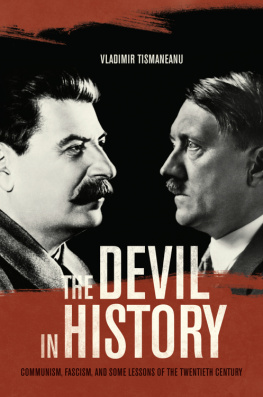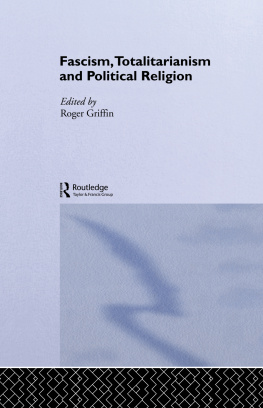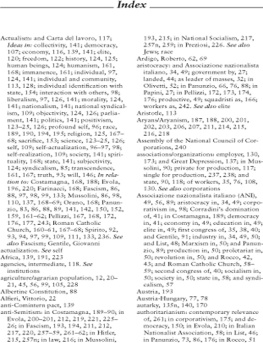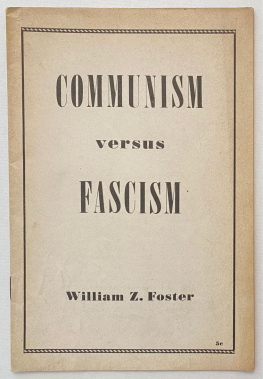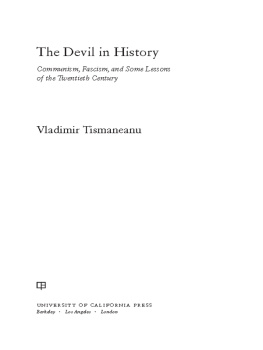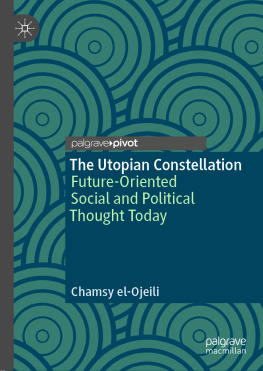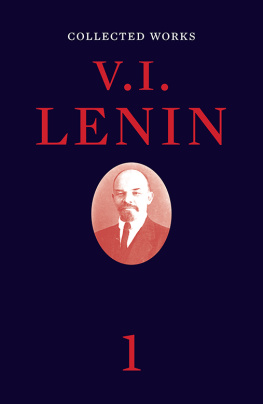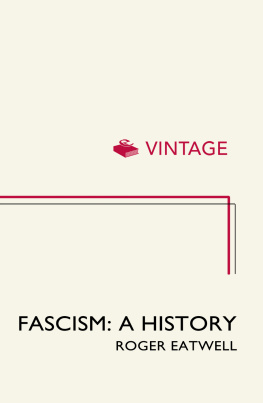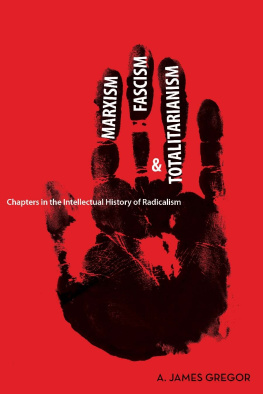The publisher gratefully acknowledges the generous support of the Ahmanson Foundation Humanities Endowment Fund of the University of California Press Foundation.
The Devil in History
Communism, Fascism, and Some Lessons of the Twentieth Century
Vladimir Tismaneanu

UNIVERSITY OF CALIFORNIA PRESS
BerkeleyLos AngelesLondon
University of California Press, one of the most distinguished university presses in the United States, enriches lives around the world by advancing scholarship in the humanities, social sciences, and natural sciences. Its activities are supported by the UC Press Foundation and by philanthropic contributions from individuals and institutions. For more information, visit www.ucpress.edu.
University of California Press
Berkeley and Los Angeles, California
University of California Press, Ltd.
London, England
2012 by The Regents of the University of California
Library of Congress Cataloging-in-Publication Data
Tismaneanu, Vladimir.
The devil in history : communism, fascism, and some lessons of the twentieth century / Vladimir Tismaneanu.
p. cm.
Includes bibliographical references and index.
ISBN 978-0-520-23972-2 (cloth : alk. paper)
1. Communist stateHistory. 2. CommunismHistory20th century. 3. FascismHistory20th century. 4. TotalitarianismHistory20th century. I. Title.
JC474.T497 2012
335.43dc23
2012012796
Manufactured in the United States of America
20 19 18 17 16 15 14 13 12
10 9 8 7 6 5 4 3 2 1
In keeping with a commitment to support environmentally responsible and sustainable printing practices, UC Press has printed this book on Rolland Enviro100, a 100 percent postconsumer fiber paper that is FSC certified, deinked, processed chlorine-free, and manufactured with renewable biogas energy. It is acid-free and EcoLogo certified.
In memory of Tony Judt, Leszek Koakowski, and Robert C. Tucker, great scholars and noble intellectuals, whose writings inspired many reflections in this book.
Contents
Foreword
This is a book about political passions, radicalism, utopian ideals, and their catastrophic consequences in the twentieth century's experiments in massive social engineering. More precisely, it is an attempt to map and explain what Hannah Arendt called the ideological storms of a century second to none in violence, hubris, ruthlessness, and human sacrifices. I began thinking about these issues as a teenager in Communist Romania, when I had the chance to read a clandestinely circulated copy of Arthur Koestler's novel Darkness at Noon. I was born after World War II to revolutionary parents who had embraced anti-Fascist Communist values before the war. They had fought with the International Brigades in the Spanish Civil War, where my father lost his right arm at the age of twenty-four at the battle of river Ebro; my mothera medical school studentworked as a nurse. I grew up listening to countless conversations about major figures of world Communism, as well as the Stalinist atrocities. Names like Palmiro Togliatti, Rudolf Slnsk, Maurice Thorez, Josip Broz Tito, Ana Pauker, or Dolores Ibarruri were frequently whispered during dinner table conversations.
Later, as a sociology student at the University of Bucharest, I ignored the official calls to distrust bourgeois ideology and did my utmost to get hold of forbidden books by Milovan Djilas, Karl Jaspers, Hannah Arendt, Raymond Aron, Isaiah Berlin, Karl Popper, Leszek Koakowski, and other antitotalitarian thinkers. Confronted with the grotesque follies of Nicolae Ceausescu's dynastic Communism, I realized that I was living in a totalitarian regime run by a delusional leader who exerted absolute control over the population via the Communist Party and the secret police. It was for this reason that I became intensely interested in the occulted traditions of Western Marxism and the Frankfurt School theorists attempt to rehabilitate subjectivity. My PhD dissertation, defended in 1980, was entitled Revolution and Critical Reason: The Political Theory of the Frankfurt School and Contemporary Left-Wing Radicalism. From the writings of Theodore W. Adorno, Walter Benjamin, Erich Fromm, Max Horkheimer, and Herbert Marcuse, I learned about the tribulations of negativity in the age of total administration and inescapable alienation. I read Georg Lukcs, Karl Korsch, and Antonio Gramsci, and I found in their ideas (especially their early writings) an antidote to the mindless optimism of Marxism-Leninism.
Although Romania was a socialist state committed to Marxist tenets and thus ostensibly left-wing, especially after 1960, the ruling party started to embrace themes, motifs, and obsessions of the interwar Far Right. When Nicolae Ceauescu came to power in 1965, he exacerbated this trend, and the ideology came to blend residual Leninism with an unavowed yet unmistakable Fascism. This was only an apparent paradox. Years later, when I read Robert C. Tucker's masterful biography of Stalin, I was struck by his brilliant analysis of Bolshevism of the Extreme Right. As in the case of the Soviet Union after 1945, or of Poland during the last years of Wadisaw Gomuka's rule with the rise to power of the ultranationalist faction of the Partisans, headed by minister of the interior, General Mieczysaw Moczar, the Romanian Communist regime was becoming increasingly idiosyncratic, xenophobic, and anti-Semitic. When I published my history of Romanian Communism in 2003, I coined a term for this hybridization: national-Stalinism. During all these years I thought about the deep affinities between apparently irreconcilable movements and ideologies. I reached the conclusion that, in times of moral and cultural disarray, Communism and Fascism can merge into a baroque synthesis. Communism is not Fascism, and Fascism is not Communism. Each totalitarian experiment had its own irreducible attributes, but they shared a number of phobias, obsessions, and resentments that could generate toxic alliances, like the Nazi-Soviet Pact of August 1939. Furthermore, their geographical proximity allowed the unfolding of genocidal practices between 1930 and 1945 in what Timothy Snyder called the Bloodlands, which took a toll of approximately 14 million people. This disaster started with Stalin's war on peasants, especially in Ukraine, and culminated in the absolute horror of the Holocaust.
This is a book about the incarnation of diabolically nihilistic principles of human subjugation and conditioning in the name of presumably pure and purifying goals. It is not a historical treatise (although history is present on every page), but rather a political-philosophical interpretation of how maximalist utopian aspirations can lead to the nightmares of Soviet and Nazi camps epitomized by Kolyma and Auschwitz. I discuss the major similarities, the saliently irreducible distinctions, and the contemporary reverberations of these totalitarian tyrannies. I also examine the deradicalization of Soviet-style regimes, the exhaustion of ideological fervor, and the rise of alternative, civic-oriented expressions of democratic sensibilities. The purpose of this book is to provide readers (students, journalists, historians, political scientists, philosophers, and a general audience) with some conclusions about a cataclysmic time that no words could capture as accurately and as disturbingly as the paintings of the German artist Anselm Kiefer. Like those canvases, the twentieth century has left behind a devastated landscape full of corpses, dashed illusions, failed myths, betrayed promises, and unprocessed memories.

